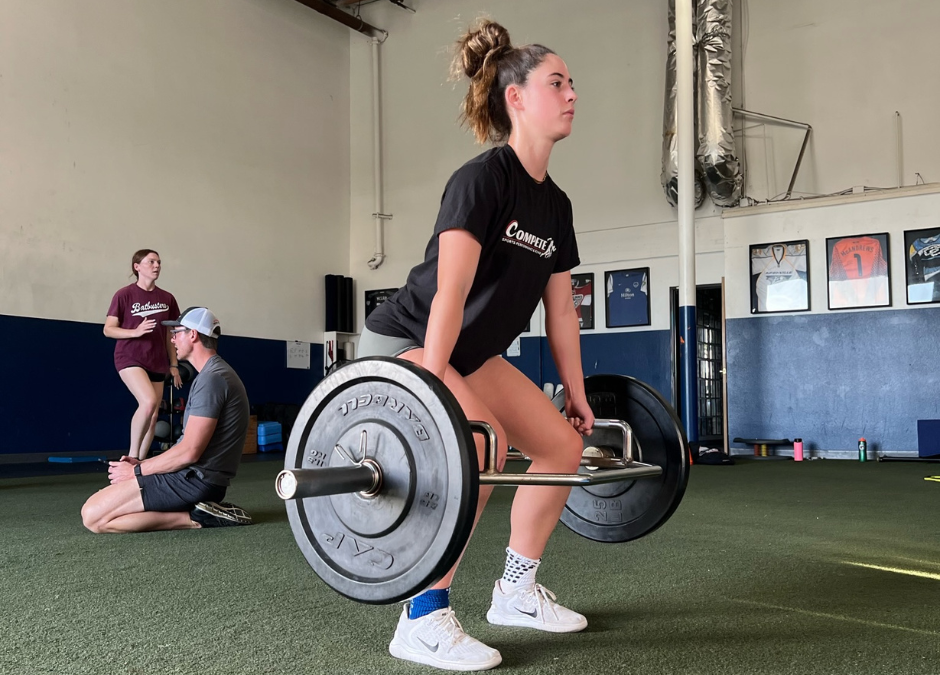Strength training can often be misunderstood as a dangerous activity that exposes athletes to unnecessary risk of injury. This misconception couldn’t be further from the truth, as strength and conditioning can do the opposite, helping athletes become more athletic and resilient, therefore helping them reduce the risk of injury. Let’s discuss how strength and conditioning accomplish this and how qualified professionals can help.
Strength and conditioning is well known to improve strength, muscle size, power, and endurance but what does this mean in terms of injury prevention? Athletes who undergo regular strength training see an increase in their resilience, which allows them to play harder for longer and avoid injury. When athletes undergo strength training, they see an increase in their bone density, tendon strength, and muscular strength. All these tissues are more likely to be injured when weak, so by increasing their strength, we are taking steps to avoid injuries. Sports place extreme and awkward forces on athletes, and with these forces, there is a likelihood of injury. However, building strength and resilience throughout an athlete’s entire range of motion can reduce their chances of sustaining an injury. Another significant factor in the injury equation is fatigue. When athletes become fatigued, they can make mental errors that put them in dangerous situations, or they cannot maintain proper form. By following a proper strength and conditioning regimen, athletes can increase their endurance and reduce the probability of injury.
Strength and conditioning coaches can further help an athlete build resilience to injury and help prevent the causes of weight-room injury. People are typically injured during exercise for a few reasons, such as poor form, inappropriate volume, inappropriate exercises, and a lack of supervision. Working with a qualified strength and conditioning professional eliminates all of those risks because the coach knows how to evaluate athletes to ensure they can perform the exercise safely and know what exercises and volumes suit an athlete. Through exercise selection, coaches can help reduce injury risk by picking exercises that will strengthen athletes in susceptible ranges of motion, or by strengthening individual areas that have a high likelihood of injury, such as the rotator cuff. Strength and conditioning coaches, in collaboration with athletic trainers, can help the athlete understand where they are likely to see an injury, assist with strengthening those areas, and teach the athlete how to avoid high-risk positions and situations.
Strength and conditioning have become a widely accepted part of building athleticism, yet some of the risks associated are misunderstood or exaggerated. A proper strength and conditioning program will help an athlete build strength and resilience, leading to a decreased chance of suffering an injury by improving the quality of the commonly injured tissues. Strength coaches can help by eliminating the common causes of weight room injury while prescribing the athlete exercises specific to building strength in the high-risk situations seen in competition. With a coach’s expertise, athletes are sure to rest easy knowing that they’ll be able to stay healthy, even in the chaotic environment of athletics.

